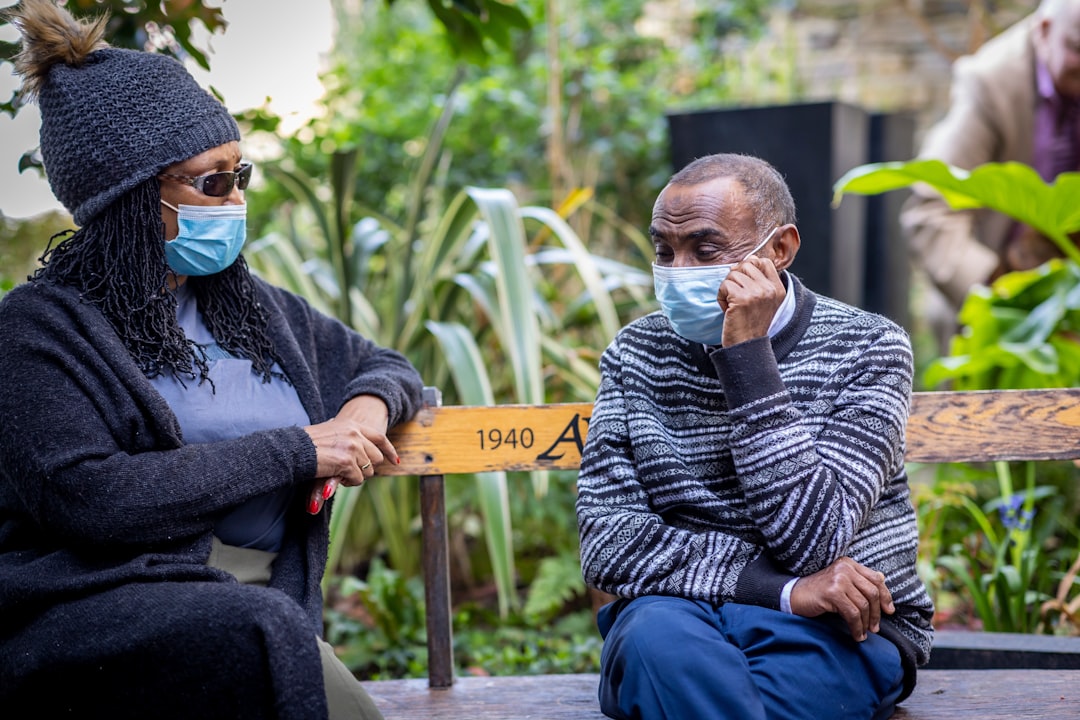What is it about?
This study investigates the spatial variability of some remote sensing indices representing built-up areas, vegetation, bareness, and urban heat island (UHI), based on time-series Landsat TM/ETM+ and OLI/TIRS datasets archived for 1980–2020 period from the US Geological Survey’s website for Kumasi Metropolitan Area in Ghana. Modules for Land Use Change Evaluation (MOLUSCE) and Cellular Automata Artificial Neural Network (CAANN) algorithms and simulations in QGIS were used to predict future changes (2020–2050) for land-use systems in Kumasi.
Featured Image

Photo by CHUTTERSNAP on Unsplash
Why is it important?
The current study moves beyond establishing a link between thermal comfort and vegetation, as well as identifying population growth and poverty as the sole drivers of LUCC and UHI in urban areas, as reported in numerous studies.The application value of this study, specifically the land-use predictions will play a crucial role in creating alternative futures and policy options, geared towards social, economic, institutional and environmental considerations. The outcome of this study is vital in the sense that very few long-term analyses of changes in urban vegetation in African cities have been conducted. Again, examining some remotely sensed indices for deeper and clearer insights for major cities remain an arduous challenge, coupled with allaying feasible and proactive strategies that addresses UHI effects and urban green issues within the context of the grand urban model. Standpoints reported in this study will be essential to urban communities more widely amid climate concerns, both within and beyond the developing world.
Perspectives
This study has some merits and application value in suggesting feasible ways that minimizes urban heat in small, medium and large cities/urban areas.
Dr Isaac Sarfo
Henan University
Read the Original
This page is a summary of: Planning for cooler cities in Ghana: Contribution of green infrastructure to urban heat mitigation in Kumasi Metropolis, Land Use Policy, October 2023, Elsevier,
DOI: 10.1016/j.landusepol.2023.106842.
You can read the full text:
Resources
Contributors
The following have contributed to this page










